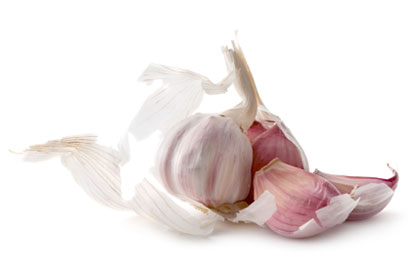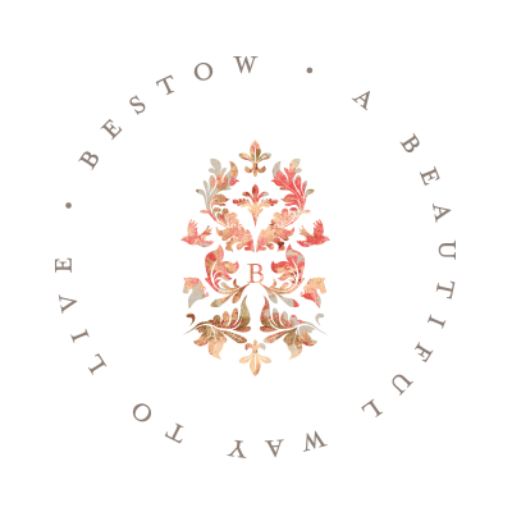The fountain of youth – anti-oxidant foods and supplements
Anti-ageing is a very common word in today’s market place. It is used to attract customers to a myriad of different products all on the pretence that they are the ‘miracle’ to reversing the aging process. The truth is that there are active anti-ageing approaches that can be employed but none of them lie in the single use of a pill or potion. Effective anti-ageing strategies only work when we combine quality nutrition and skincare, sound lifestyle choices and positive mental attitudes and decision making together.
One can have energy and enthusiasm for life at any age in life. It is counter-productive to assume that discomfort and sickness are inevitable parts of ageing. In fact you can feel better at seventy than you did at thirty by making positive healthy changes in your diet and lifestyle. The addition of the right supplements and food should give you the added power needed to boost your immunity and prevent many disorders – looking youthful for your age is just an added bonus. The key is to incorporate anti-ageing strategies to your entire life and not just to individual aspects like skincare alone. If you have over time developed ‘poor food practices’ and experience episodes of poor health it is important to remember that it takes years for these problems to develop so it usually takes sometime to resolve them. Quick fixes and instantaneous anti-ageing products are myths. The sooner you invest time and energy into constructive lifestyle changes you can turn down a more youthful path.
Anti-Ageing Foods:
To protect the longevity and optimal functioning of your body we recommend consuming abundant amounts of anti-oxidant foods.
So what are anti-oxidant foods and how can they help us?
Anti-oxidants are natural compounds that help protect he body from harmful free radicals. These (free radicals) are atoms or groups of atoms that can cause damage to cells thereby impairing the immune system and leading to infections and various degenerative diseases such as heart disease and cancer. Anti-oxidants therefore play a beneficial role in the prevention of disease. Free radical damage is thought by scientists to be the basis for the ageing process as well.
If this is sounding too technical let’s look at a practical example. Have you ever put lemon juice on an apple to prevent it from going brown? Well if you haven’t the lemon juice covers the apple preventing the oxygen getting to the fruit and lemon juice also contains anti-oxidants. This in a nutshell is what happens inside of the body when we consume anti-oxidant foods and supplements.
Types of Anti-oxidant Foods and Supplements:
Bilberry
The herb bilberry contains natural antioxidants that keep capillary walls strong and flexible. They also help to maintain the flexibility of the walls of red blood cells and allow them to pass through the capillaries more effectively. In addition, this herb protects the eyes and may enhance vision and also strengthens collagen structures of the skin. Bilberry has been described as anti-inflammatory, anti-ageing and has anti-cancer properties. Bilberry supplements are available from pharmacies and Health Food Stores. Speak with a qualified Health Care Professional to locate a suitable supplement for your individual needs.
Coenzyme Q10
Coenzyme Q10 is an anti-oxidant that is structurally similar to Vitamin E. It plays a crucial role in the generation of cellular energy, protects our immune system, increases circulation, has significant anti-ageing effects and is beneficial to the entire cardiovascular system. The highest food sources of Coenzyme Q10 are mackerel, salmon and sardines. Coenzyme Q10 supplements are available from pharmacies and Health Food Stores. Speak with a qualified Health Care Professional to locate a suitable supplement for your individual needs.
Curcumin (Tumeric)
Found in the spice tumeric, the phytochemical curcumin has anti-oxidant properties that prevent the formation of and neutralize existing free radicals. It stops pre-cancerous changes within DNA and interferes with enzymes necessary for cancer progression. Curcumin stops the oxidation of cholesterol thus protecting against the formation of plaque in the arteries.
Flavonoids
Flavonoids are chemical compounds that plants produce to protect themselves from parasites, bacteria and cell injury. More than 4,000 chemically unique flavonoids are known; they occur in fruits, vegetables, spices, seeds, nuts, flowers and bark. Wine (particularly RED WINE), apples, blueberries, bilberries, onions, soy products and tea are some of the best food sources of flavonoids. Certain flavonoids in fruits and vegetables have much greater antioxidant activity than vitamins C and E or beta-carotene. Flavonoids protect the anti-oxidant vitamins from oxidative damage.
Garlic
Garlic also has potent anti-oxidant capacities. The sulfhydryl (sulphur and hydrogen) compounds in garlic are potent chelators of toxic heavy metals, binding with then so that they can be excreted from the body. These same compounds are effective protectors against oxidation and free radicals. Garlic also contains antioxidant nutrients such as vitamins A and C and selenium.
Green Tea
The Japanese have been drinking this beverage for centuries and their incidence of degenerative disease caused by free radical damage is very low. They often look younger than their years. The anti-oxidant benefits can be obtained by drinking it either hot or cold. Green tea contains compounds known as polyphenols, including phytochemicals that have anti-oxidant, anti-bacterial, anti-viral and health enhancing properties. Green tea is simply the dried leaves of the tea plant. Black tea undergoes natural fermentation which destroys most of its polyphenols, rendering it a less effective anti-oxidant.
Oligomeric Proanthocyanidins
Oligomeric proanthocyanidins (OPCs) are naturally occurring substances present in a variety of food and botanical sources. They are unique phytochemicals known as flavonoids that have powerful antioxidant capabilities. Clinical tests suggest that OPCs may be as much as fifty times more potent than Vitamin E and twenty times more potent than Vitamin C in terms of bioavailability antioxidant activity. OPCs are found throughout plant life; however, the two main sources are pine bark extract (pycnogenol) produced by the French maritime pine tree and grapeseed extract, made from the seeds of the wine grape (Vitis Vinifera). One glass of red wine a day can be therapeutically beneficial. We also recommend the supplement made by Professor Masquelier called ‘Vigor and Vitality’.
Selenium
Selenium is an essential trace mineral that functions as an anti-oxidant in partnership with Vitamin E to protect tissues and cell membranes. Numerous plants contain selenium, including garlic, asparagus and grains but the levels depend on soil content which varies from one geographic region to another. Use caution when taking supplemental selenium as amounts higher than 1 milligram daily may be toxic to the body. Seek professional health care advice prior to commencing selenium supplementation.
Vitamin A and the Carotenoids
Carotenoids are fat-soluble pigments found in yellow, red, green and orange vegetables and fruits. They are a potent family of anti-oxidants that include alpha-carotene, lycopene (very abundant in tomatoes), lutien and zeaxanthin. Of the more than 500 carotenoids found in nature, about 50 can be converted into Vitamin A in the body.
Vitamin C
Vitamin C is a very powerful anti-oxidant that also recharges other anti-oxidants, such as Vitamin E, to keep them potent. Its water solubility makes it an efficient free radical scavenger in body fluids. Vitamin C is found in berries, citrus fruits and green vegetables.
Vitamin E
Vitamin E is a powerful antioxidant that prevents the oxidation of lipids (fats). Fat oxidation has been implicated in the process that leads to atherosclerosis. Vitamin E is fat soluble and since cell membranes are composed of lipids, it effectively prevents the cells’ protective coatings from becoming rancid as a result of free radicals. The most significant food sources of Vitamin E are cold pressed oils, dark green leafy vegetables, legumes, nuts, seeds and wholegrains.
Zinc
Zinc’s main function is in the prevention of fat oxidation. Zinc is also needed for proper maintenance of Vitamin E levels in the blood and aids in the absorption of Vitamin A. Zinc is found is the following food sources: egg yolks, fish, kelp, lamb, legumes, lima beans, liver, meats, mushrooms, oysters, pecans, poultry, pumpkin seeds, sardines, seafood, soy lecithin, soybeans, sunflower seeds and wholegrains.

